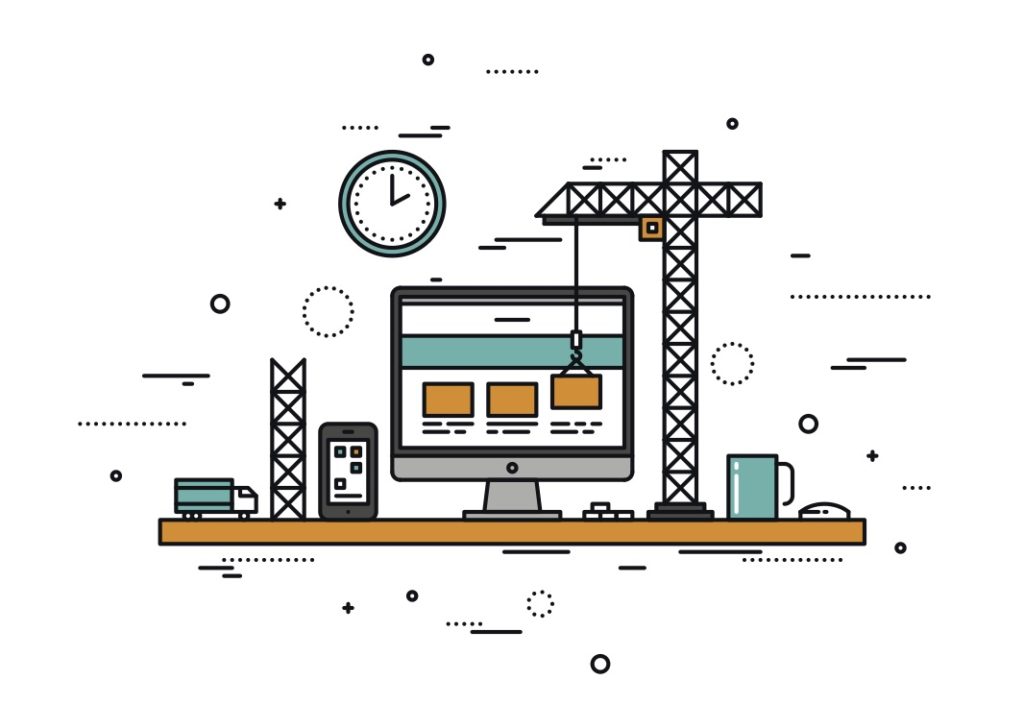Before jumping into UX design of your site, it’s important to familiarize yourself with UX research. The insights you gather from research will inform the design of your site and give you the user feedback you need for various stages of the design process so that you’re not waiting until the end to test for problems.
Various research methods, such as interviews and usability testing, are part of the process for several UX design deliverables. These practices will keep the design and development of your site centered around users. The more practices you implement, the more likely users will develop a connection with your site and become loyal customers.
User personas & scenarios
Users personas are fictional representations of potential users of your site. They represent a large portion of users that already exist among your competitors. The purpose of a persona is to identify users’ behavior, why they’d want to use your site, their goals, needs, expectations, pain points, and demographics. Personas help site designers focus on the users’ perspectives. User personas may also include scenarios that outline a specific and likely situation and how the persona would act and feel while on your site in the context of that situation.
Journey maps
Once you’ve established the information architecture (IA), or content organization, of your site (using card sorting), you’ll develop a journey map for each of the personas you created. Journey maps are a linear and layered visual representation of the emotion, thoughts, and actions personas experience. They are like a narrative from the persona’s perspective at each step of the journey through your site. Designers use journey maps to create an experience that empathizes with potential users to build a relationship with them.
User flows
User flows are flow charts that illustrate every page users will take through your site. They may not be linear but show all possible paths and loops depending on the users’ interactions or actions.
Wireframes
While journey maps and user flows pertain to the overall structure of your site, wireframes provide detail about the placement, shape, and size of various elements and blocks of content on each page. Similar to a blueprint, wireframes don’t provide design or content details. They provide a template, or foundation, of where these elements would go.
Prototypes & sketches
Prototypes build on the foundation of your site’s wireframe. They represent a deeper level of functionality by introducing elements for interaction, visuals, content, and navigation as close to the actual product as possible. Prototyping lets you see how the overall design of your site works together with the purpose of checking the efficiency and usability of your site.
No matter which practices you implement into your site’s design process, the final step is usability testing (again). This is one last chance to work out the kinks in your site’s functionality before fully launching your site.



